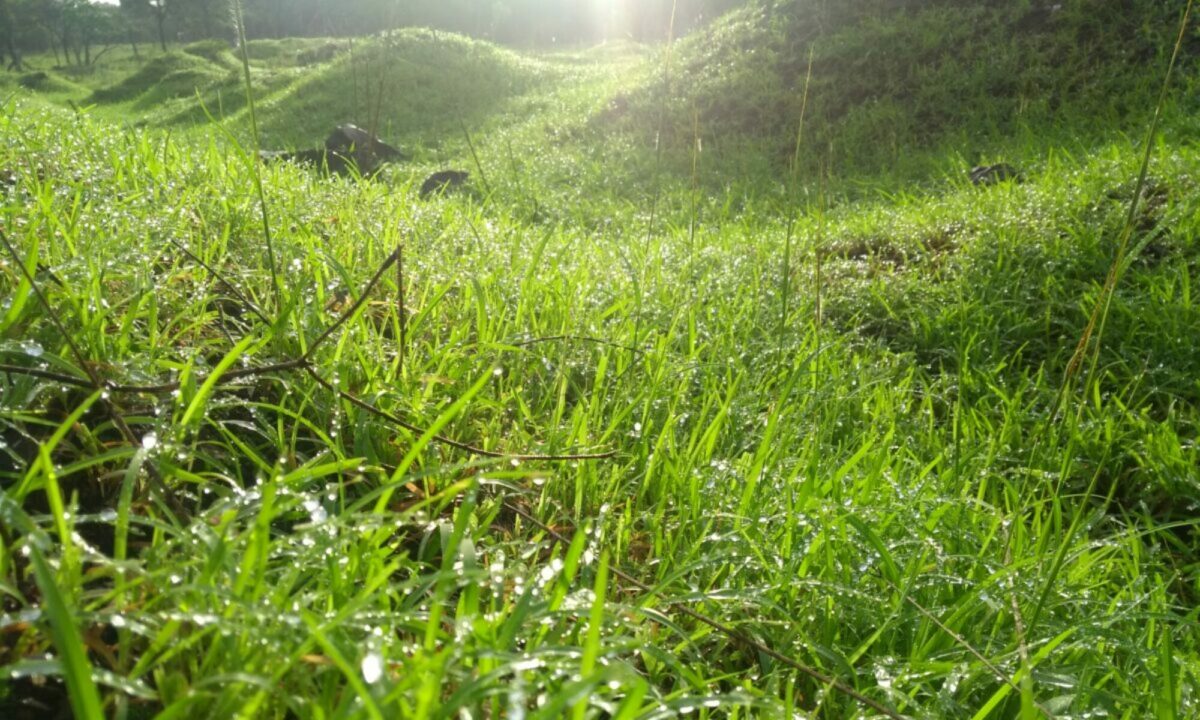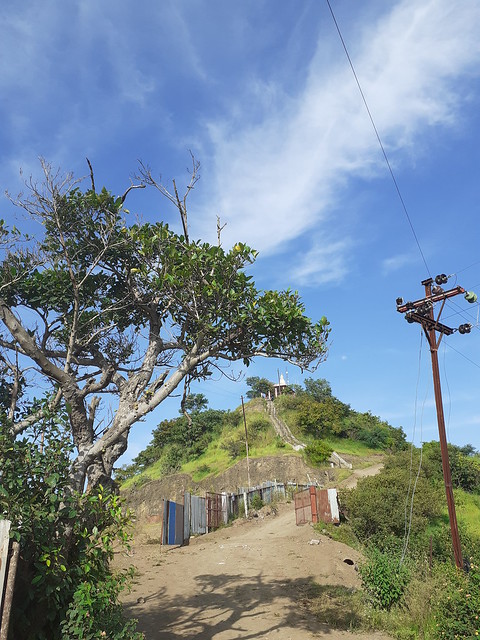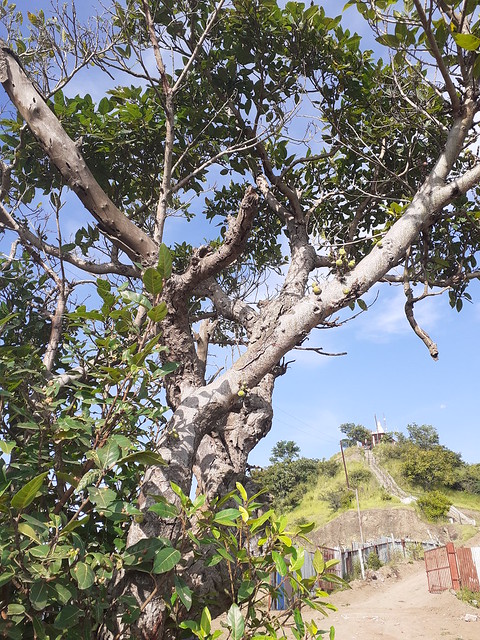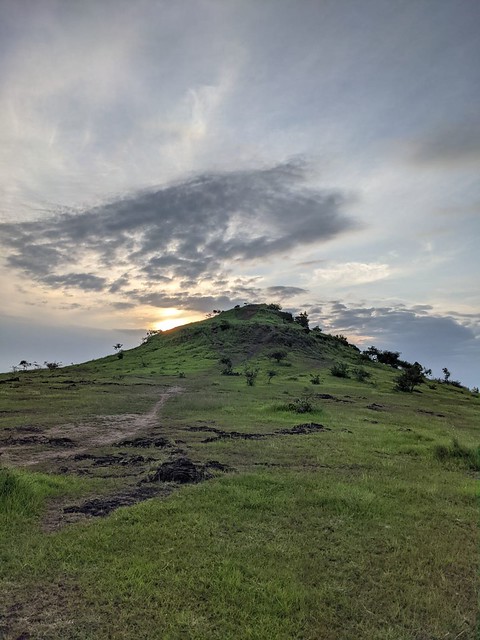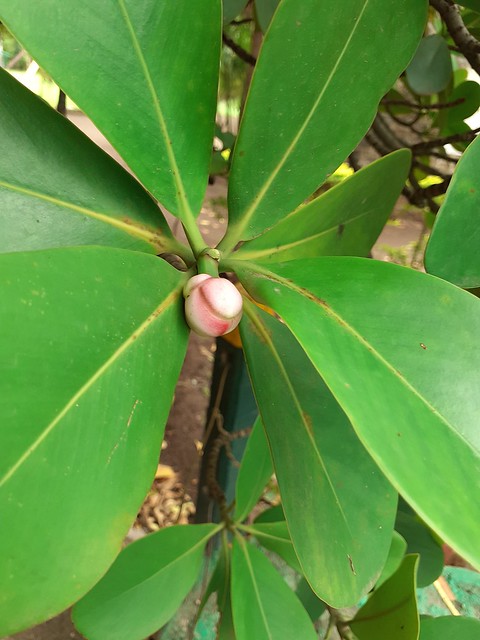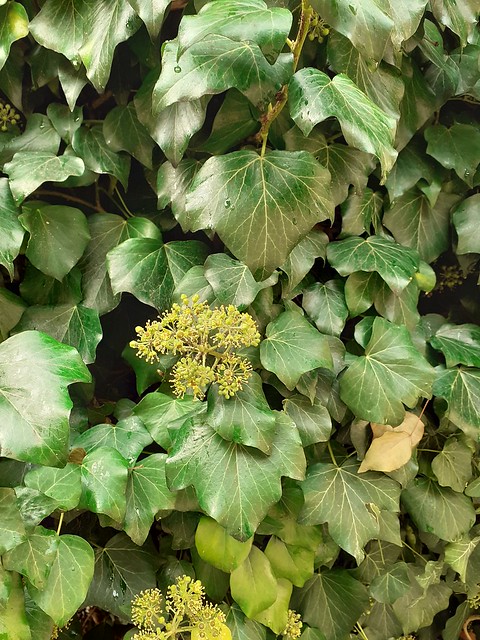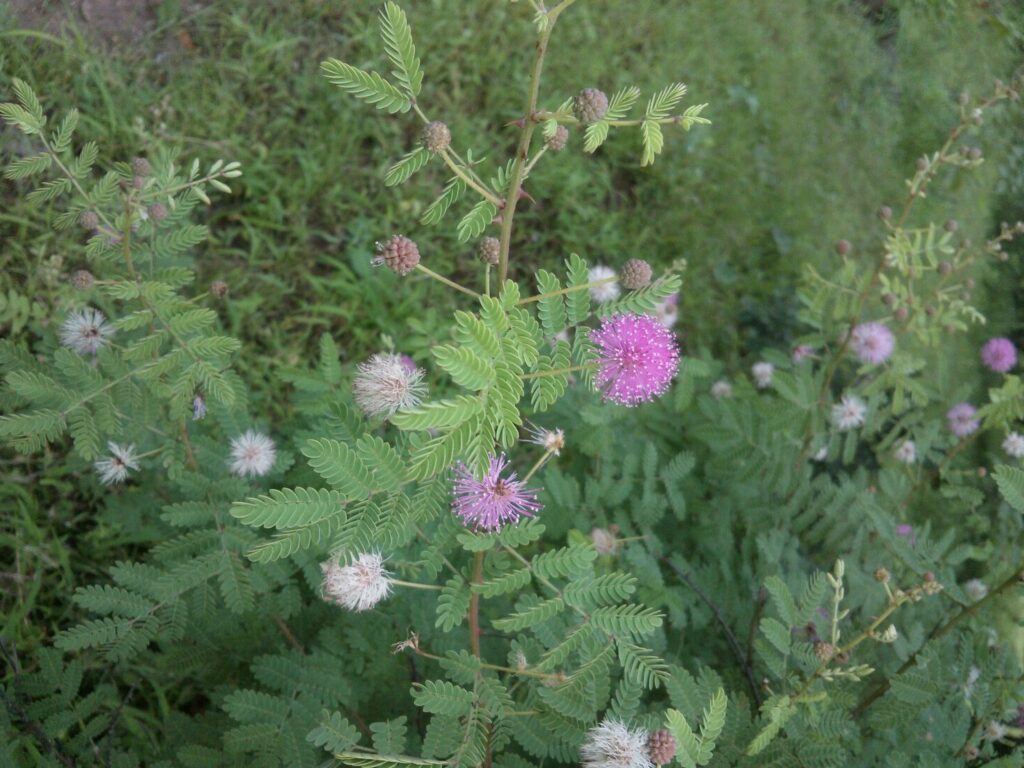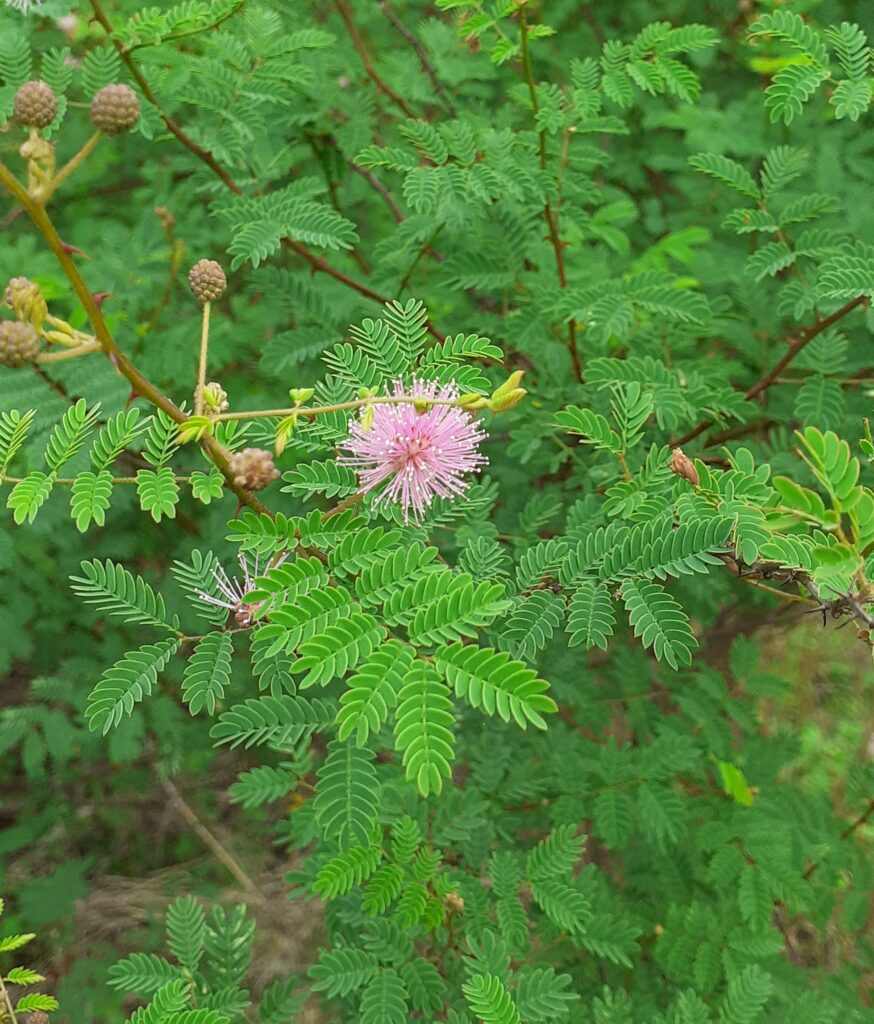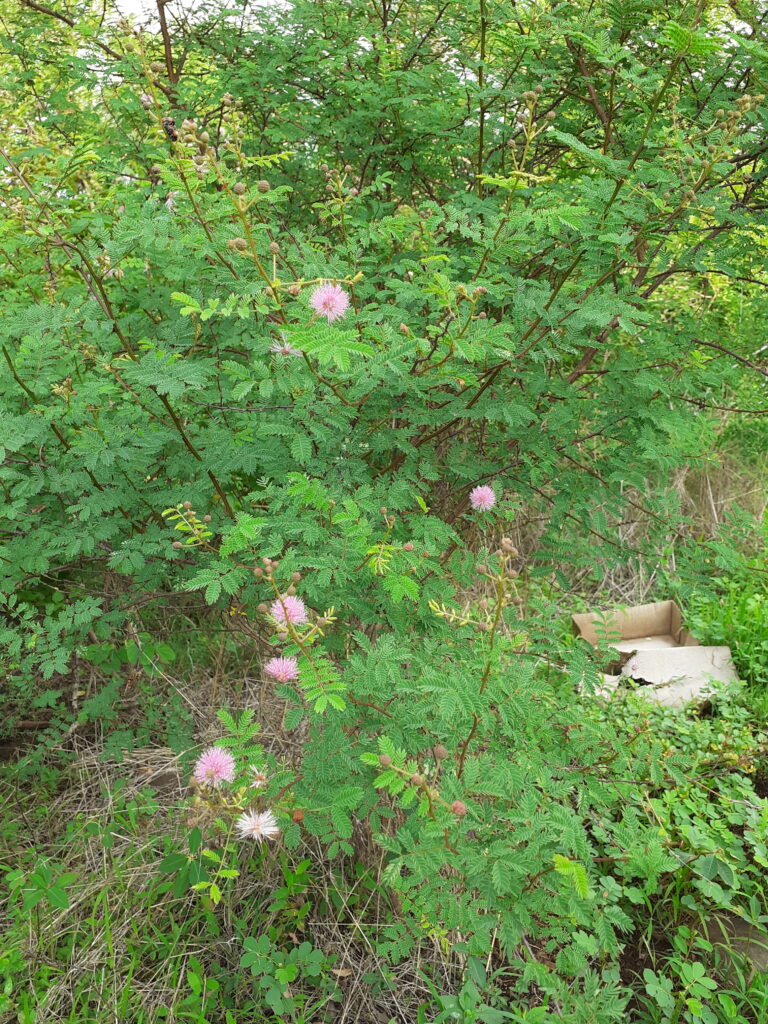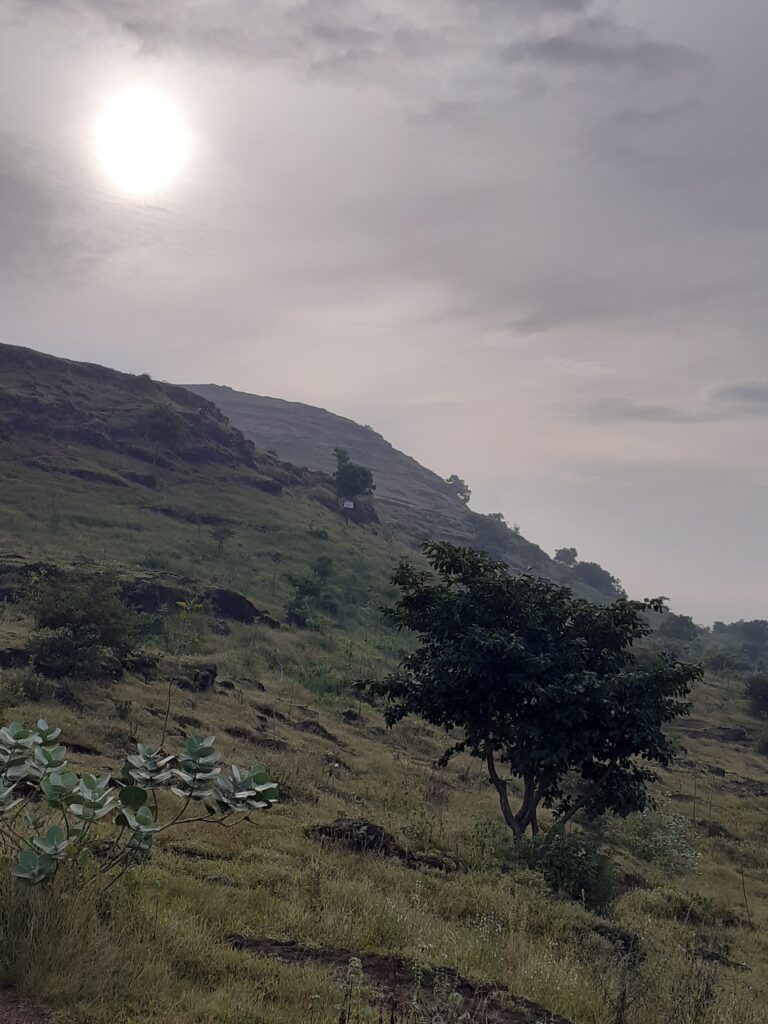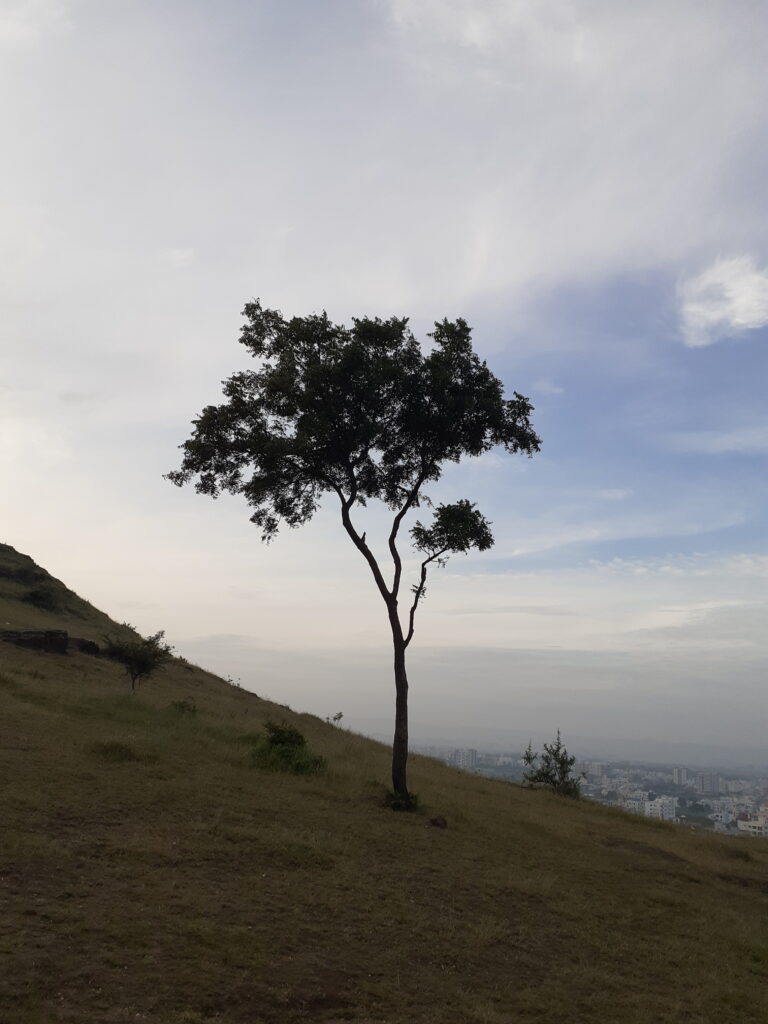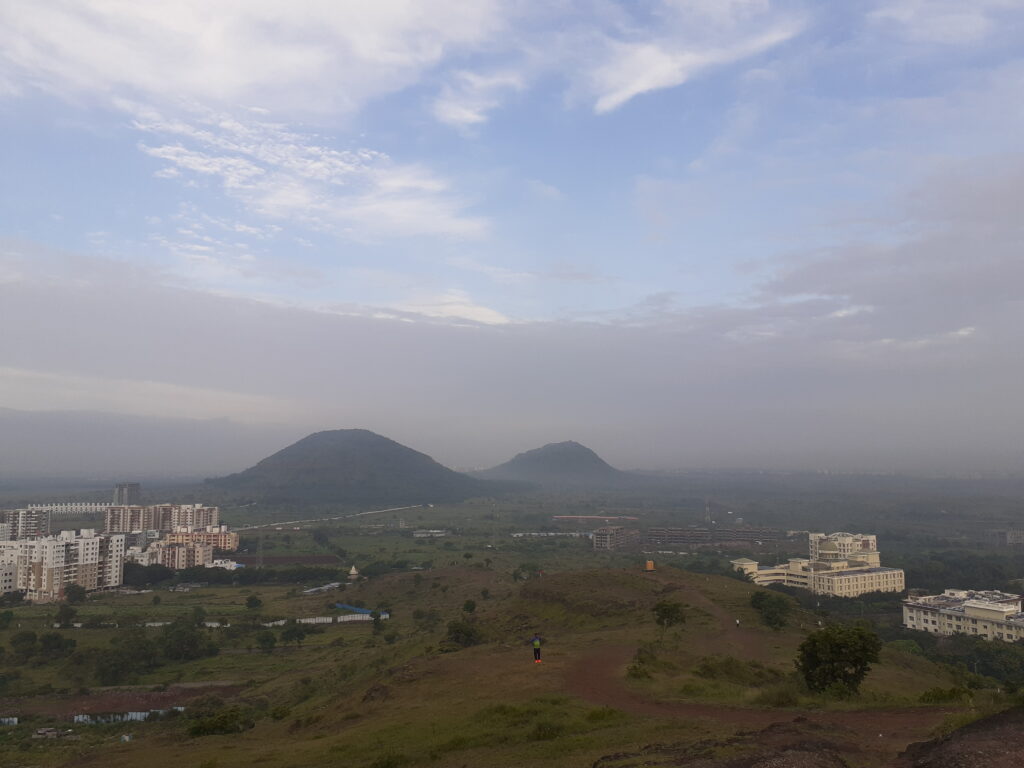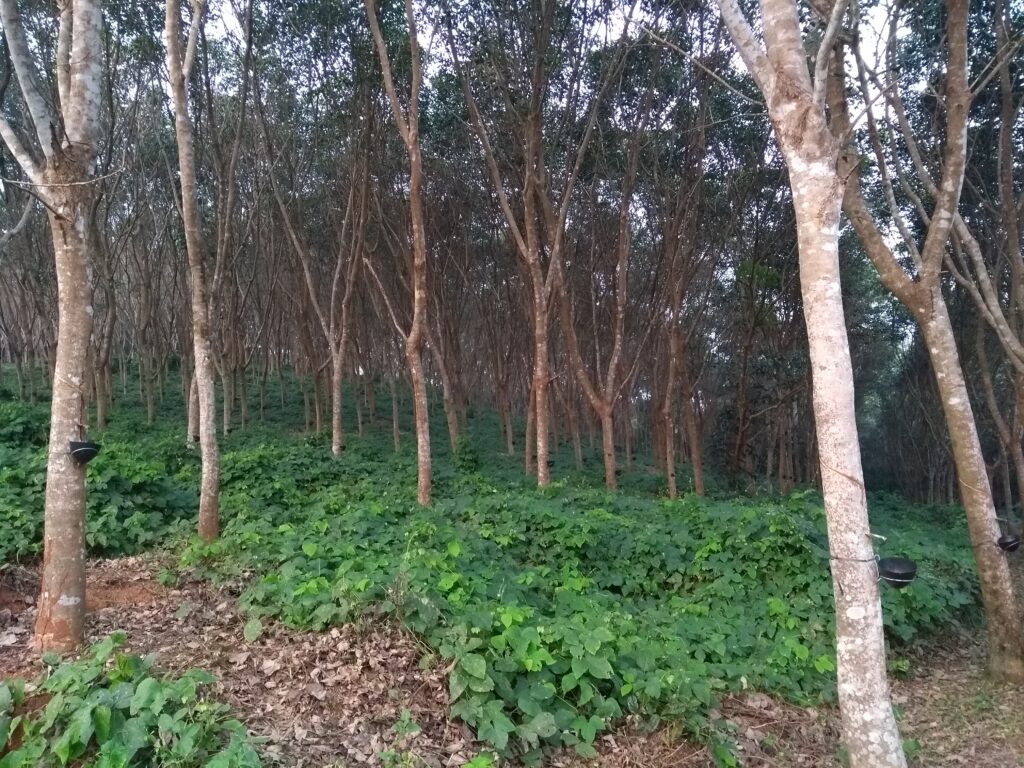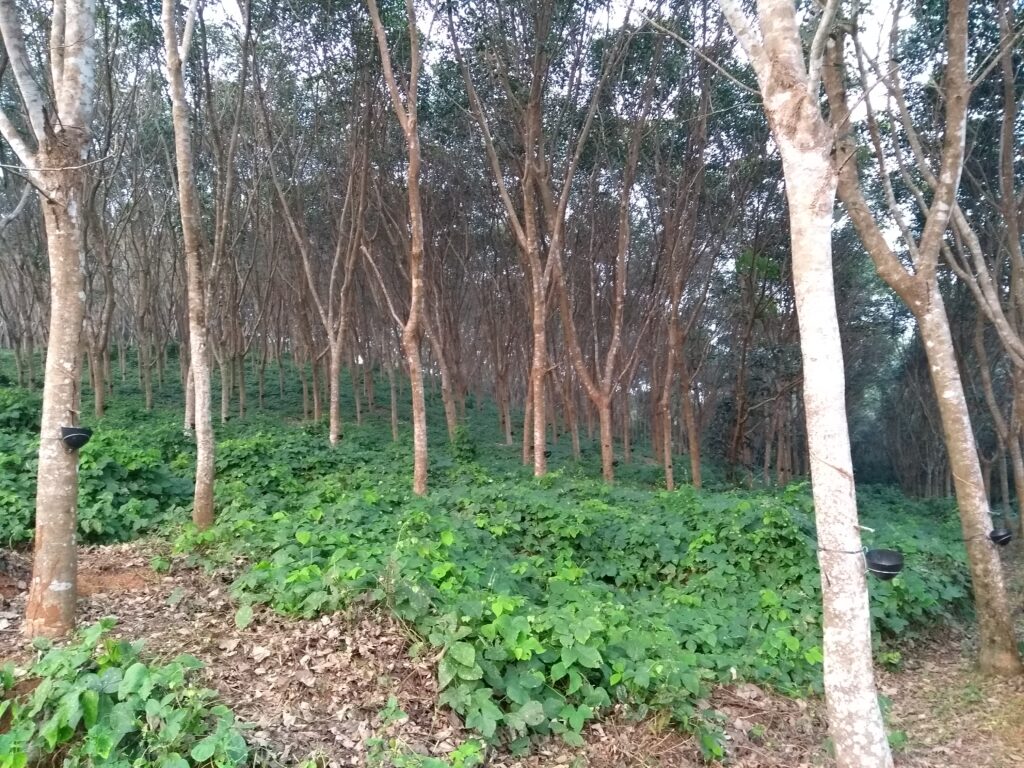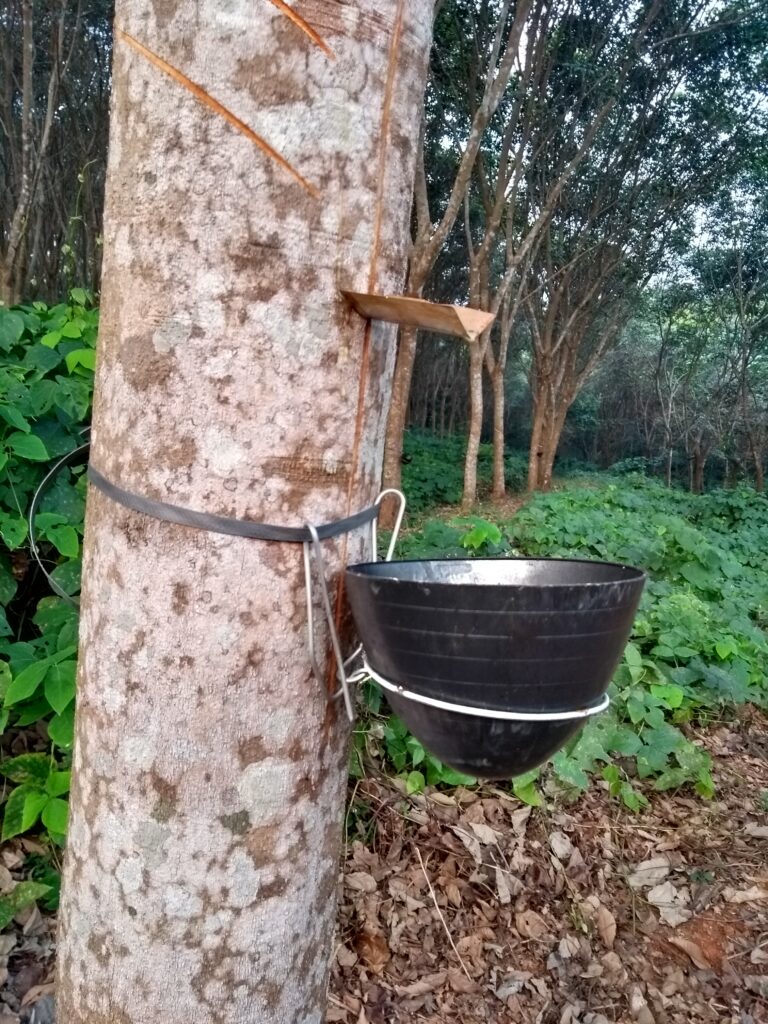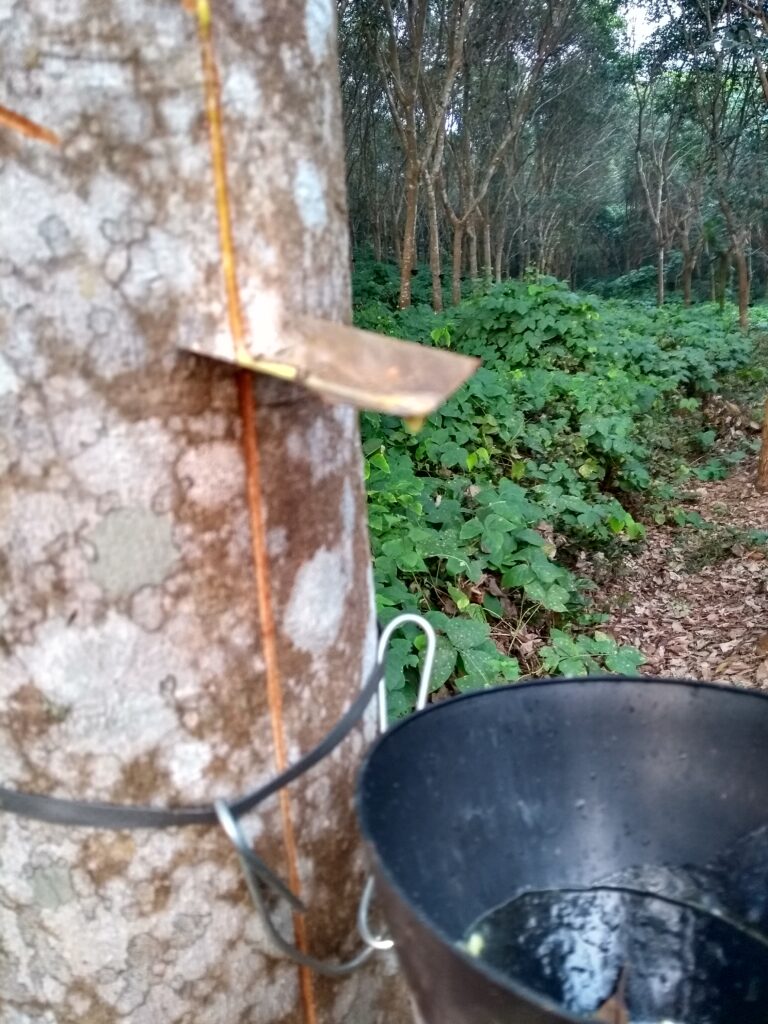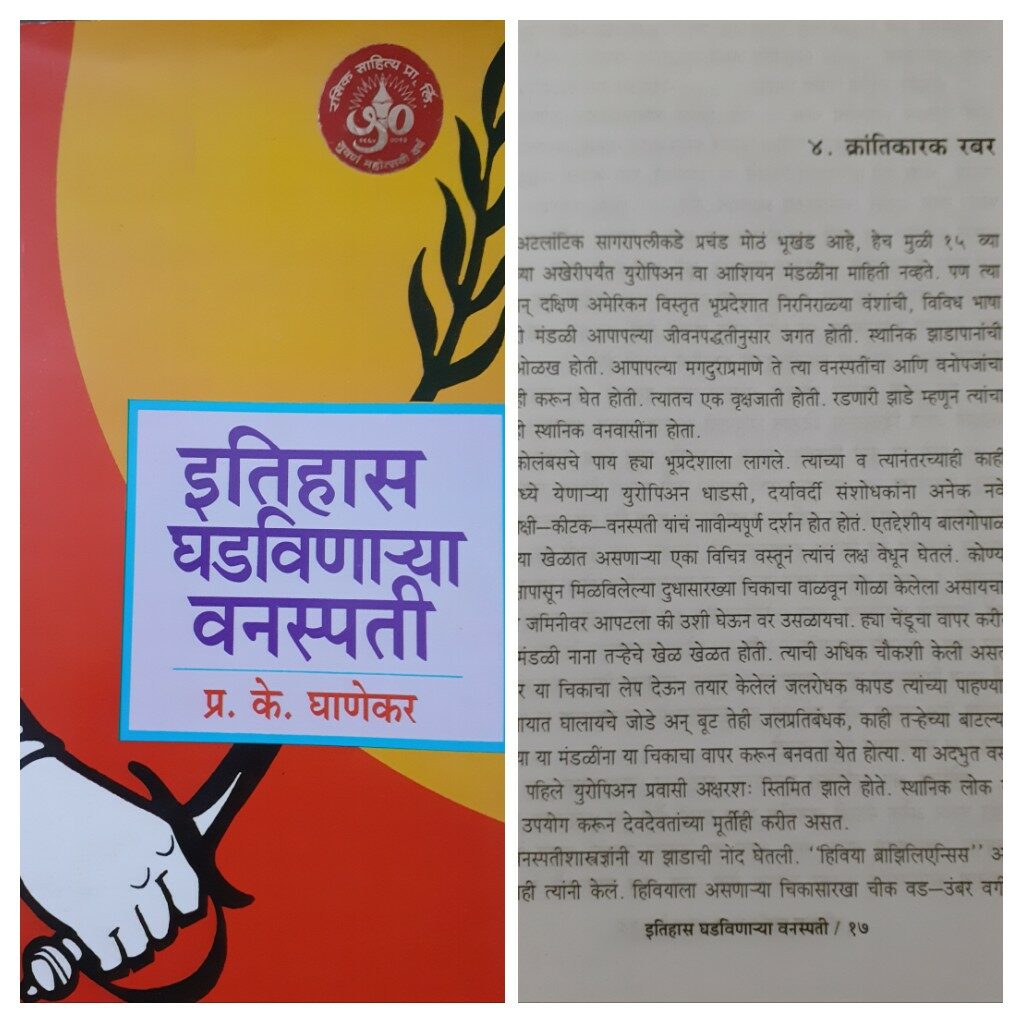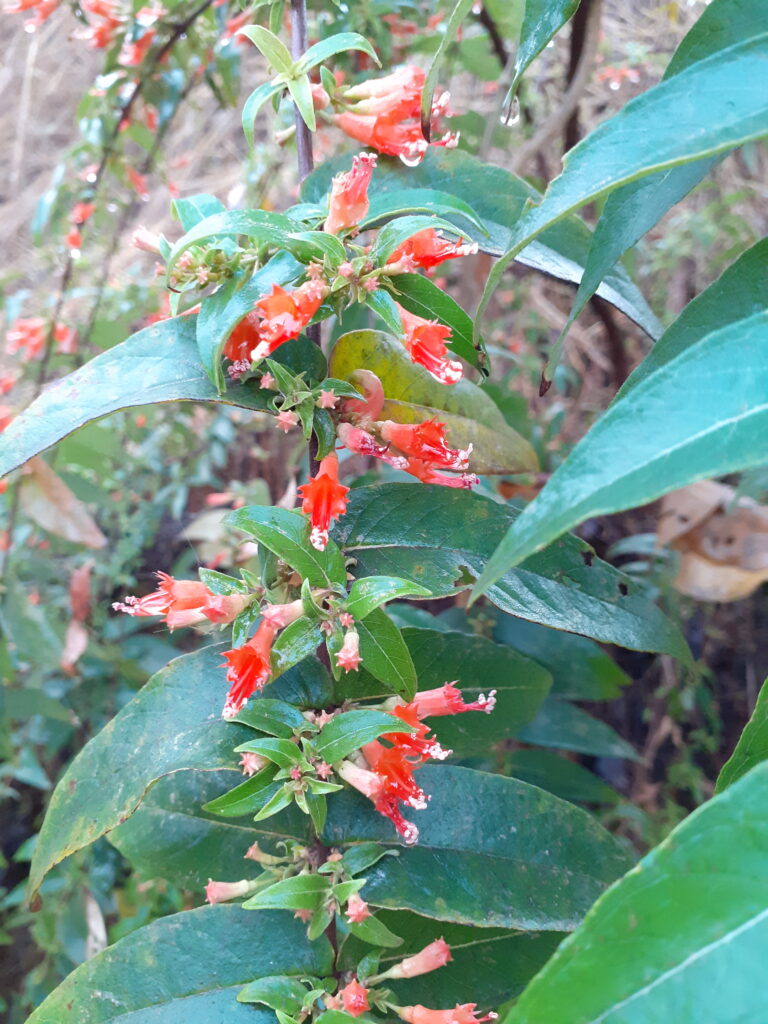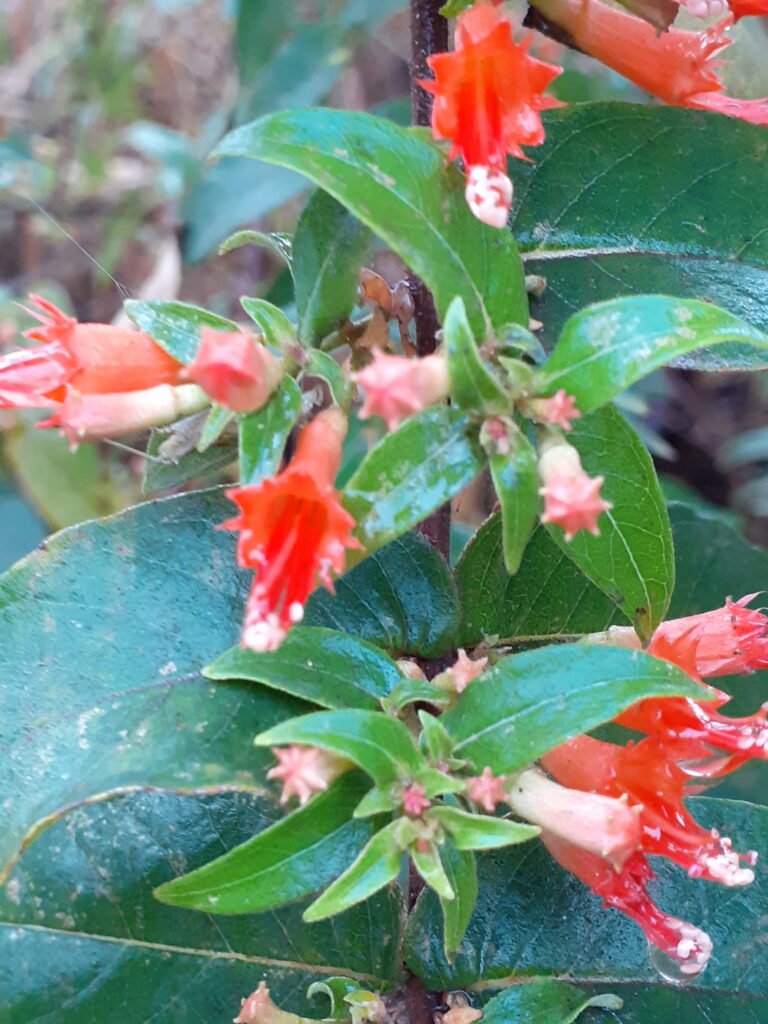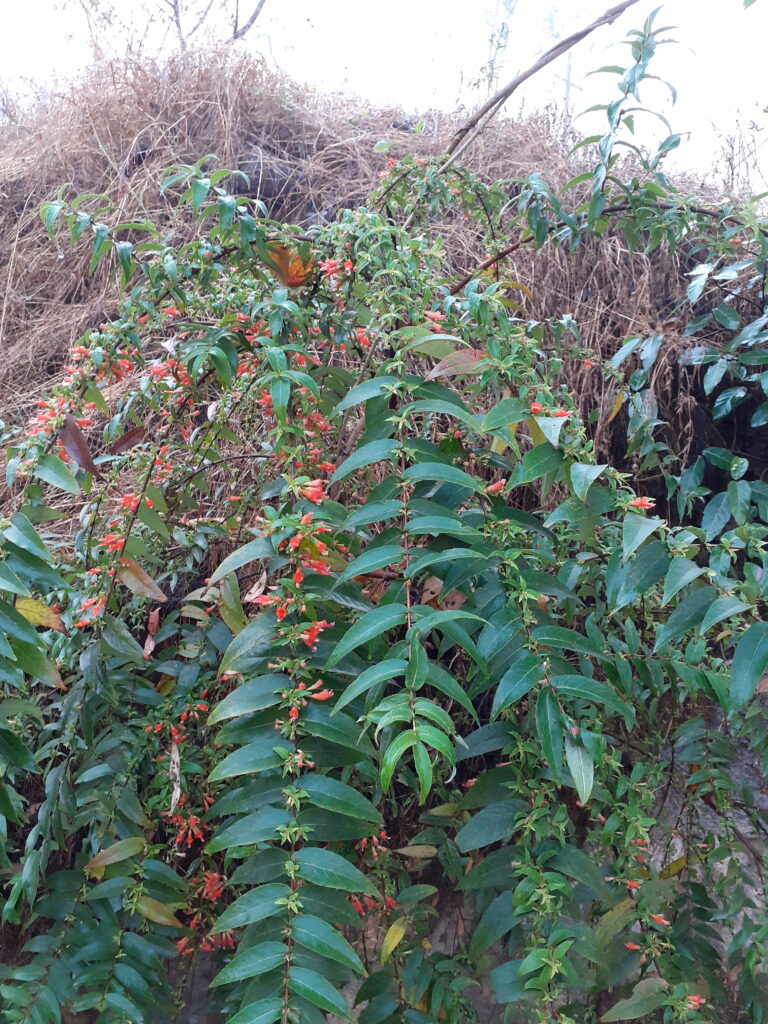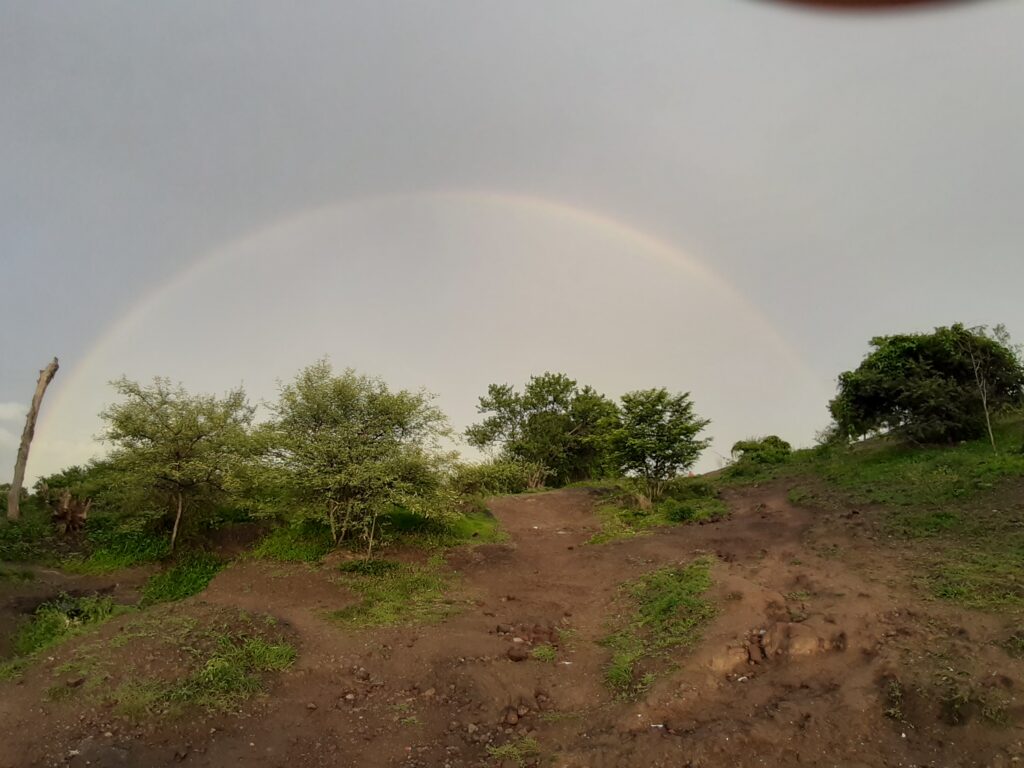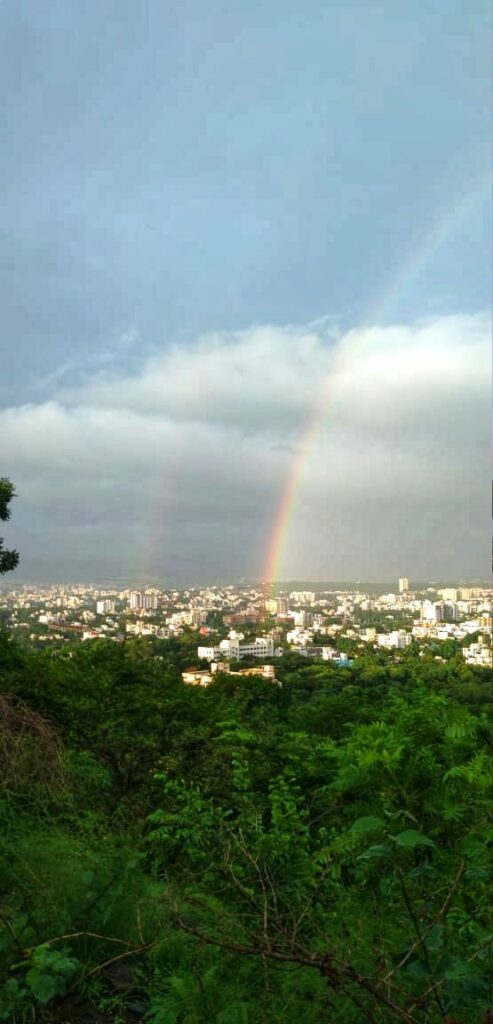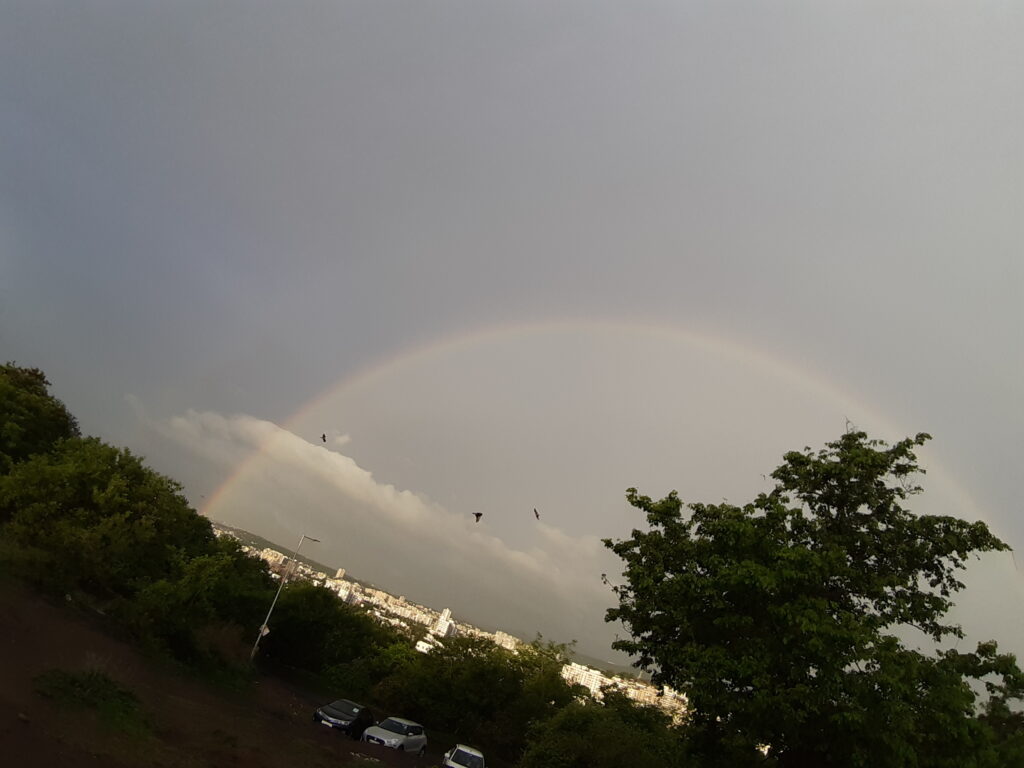Due to issues with WordPress, I could not put up this post here on Thursday. Hence I had written about my tree on Blogger .. I am still unable to upload images here..
So Click here to read about the the Unter der Linden and see the images.. it is an arterial road in Berlin named after a tree .. namely The Linden.
Lindens belong to the Malvaceae family (Hibiscus family). The trees I saw had heart shaped leaves with toothed margin.
Our guide said she hated to park under a Linden as the car would be full of sticky substance the next morning! My research showed that it was not plant exudate to blame but the Aphids that infest the plant!
Click here to see my images of Unter der Linden.
I have always wondered what factors guide species choice when roadside plantation is done.
In his book Trees of Delhi, the author Pradip Krishen, discusses why particular species may have been chosen to line avenues in Lutyens Delhi. Apparently evergreen species which do not grow very tall (size and shape of trees) were a factor.
New York streets are said to have predominantly male Gingko trees.
But I am not sure how many cities have roads named for trees growing there!
A big Yay for Unter den Linden!!
What have you noticed about the species lining trees in your city? Do you know of other streets named after trees?
Update: I now know of a road named after the Cypress!!
I am joining Parul in her ThursdayTreeLove bloghop. Do head over to see some fantastic trees from around the world. Better still, join in!
